Celestron StarSense Explorer 8" Dobsonian telescope review
An easy-to-use 'light bucket', the Celestron StarSense Explorer 8-inch Dobsonian telescope finds its targets using just your smartphone. Here's our review

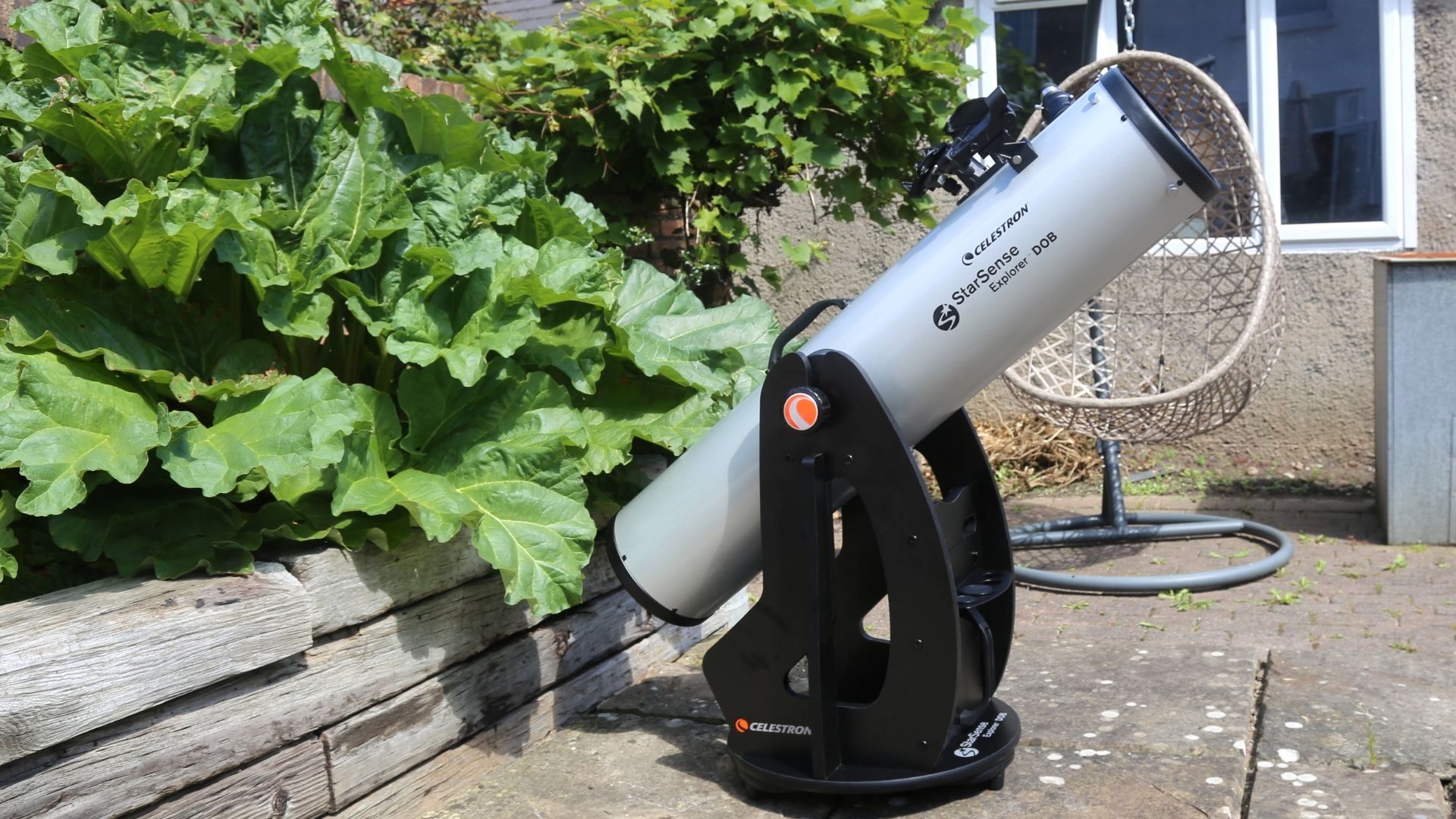
The Celestron StarSense Explorer 8" Dobsonian telescope is a large manual telescope of the sort that's usually out of reach of amateurs in terms of both cost and complexity. However, its use of Celestron's StarSense smartphone app makes it easy to align and point to celestial targets – and the optical quality is awesome.
-
+
Simple alignment
-
+
Really sharp views
-
+
Great value
-
-
Large size
-
-
Heavy to move
Why you can trust T3

I'll cut to the chase: the Celestron StarSense Explorer 8-inch Dobsonian is one of the best telescopes around for anyone after maximum value for money. Thanks to its use of Celestron's clever StarSense app, it's also one of the best beginner telescopes.
That's despite it having an aperture of 8-inches/203 mm, something that's usually reserved for keen amateur astronomers who have been studying the night sky for a few years. The only way of getting such a large aperture telescope – which is ideal for looking at distant objects in the night sky – is by going for a Dobsonian-style telescope like this one.
Dobsonians are based on the reflector telescope design that sees a large primary mirror collect light then reflect it back into a secondary mirror (here's an explainer of the different telescope types). In fact NASA's new James Webb Space Telescope (JWST) is based on a similar design. However, unlike JWST this telescope must be operated manually. That might put the fear of God into some beginners, but it shouldn't because this telescope uses Celestron's clever StarSense app. The result is a simple to align and easy to use product. Read on for my full Celestron StarSense Explorer 8-inch Dobsonian telescope review.
Celestron StarSense Explorer 8" Dobsonian telescope review: price and release date
The Celestron StarSense Explorer 8-inch Dobsonian original went on sale in April 2022 and costs $799.95 / £649.99 / AU$1,599.99. A 10-inch version, which is known as the Celestron StarSense Explorer 10-inch Dobsonian, is also available that costs $1,099.95 / £849 / AU$2,199.
Celestron StarSense Explorer 8-inch Dobsonian telescope review: how does it work?
Don't confuse this telescope with a 'Go To' model. Such telescopes typically slew to any object you pick out of a list on a computerised controller. However, you still need to align a 'Go To' with at least a couple of bright stars.
Celestron StarSense Explorer 8-inch Dobsonian telescope specs
Optical design: Dobsonian Newtonian reflector
Objective lens diameter (aperture): 8-inches/203 mm
Focal length: 47.24-inches / 1200mm
Focal ratio: f/5.9
Software supplied: StarSense Explorer app
Mount: manual alt-azimuth Dobsonian
Weight: 43.4lbs / 19.68kg
Level: beginner
That means you need to know your way around the night sky, at least in a basic sense. Not so for this telescope. Although it is completely manual and you have to move it to targets in the night sky, it shows you exactly where to point the optics by using a very clever app on your smartphone.
Called StarSense, that app requires you to put your smartphone in a mount that's physically attached to the telescope. You then fire-up the app and position your smartphone's camera across a small mirror behind the smartphone mount. Once you've aligned what you can see through the eyepiece of the telescope with what is showing on the StarSense app you're good to go. The app then studies a reflection of the stars in the night sky above it and cross-references them with the stars in its database. This 'plate solving' works like a dream and, before you know it, the Celestron StarSense Explorer 8-inch Dobsonian is aligned and ready to use.
Get all the latest news, reviews, deals and buying guides on gorgeous tech, home and active products from the T3 experts
In the box is a 0.98-inch/25 mm Celestron Omni Plossl eyepiece that's capable of 48x magnification. An eyepiece rack is also included on the base.
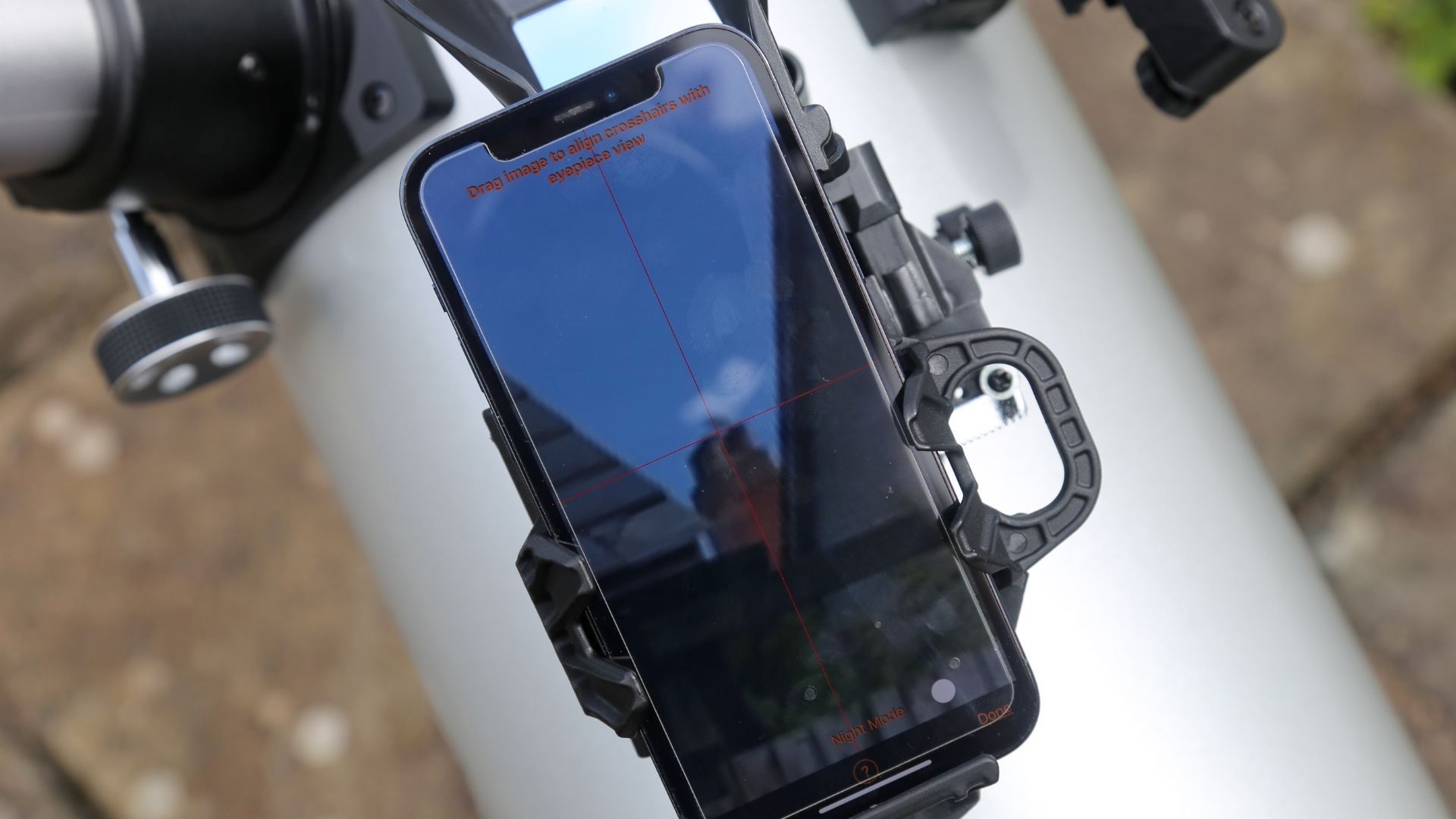
Celestron StarSense Explorer 8" Dobsonian telescope review: set-up and use
Although its secret sauce is undoubtedly the StarSense app, the Celestron StarSense Explorer 8-inch Dobsonian is a completely manual 'Push To' telescope. Although you can choose which target you want to see by selecting from various lists in the StarSense app, you have to do all the hard work yourself. At 43.4 lbs/19.68kg for the mount and the telescope tube combined the Celestron StarSense Explorer 8-inch Dobsonian isn't a particularly lightweight telescope to move around your garden, but it does have handles on both the base and the telescope tube, which can be moved about individually and easily slotted together.
Once it's in place it's surprisingly easy to manipulate. All you have to do is follow the arrows presented on the StarSense app. It gives you large arrows so you can get into the general direction of your target then it zooms-in so that you can get precisely on top of the target. Once you've done that you'll almost certainly see your chosen target in the eyepiece. It's a seriously simple and accurate way to use a telescope, with the added bonus that you also get to learn about where things are in the night sky.
Use the arrow icons to scroll through the gallery

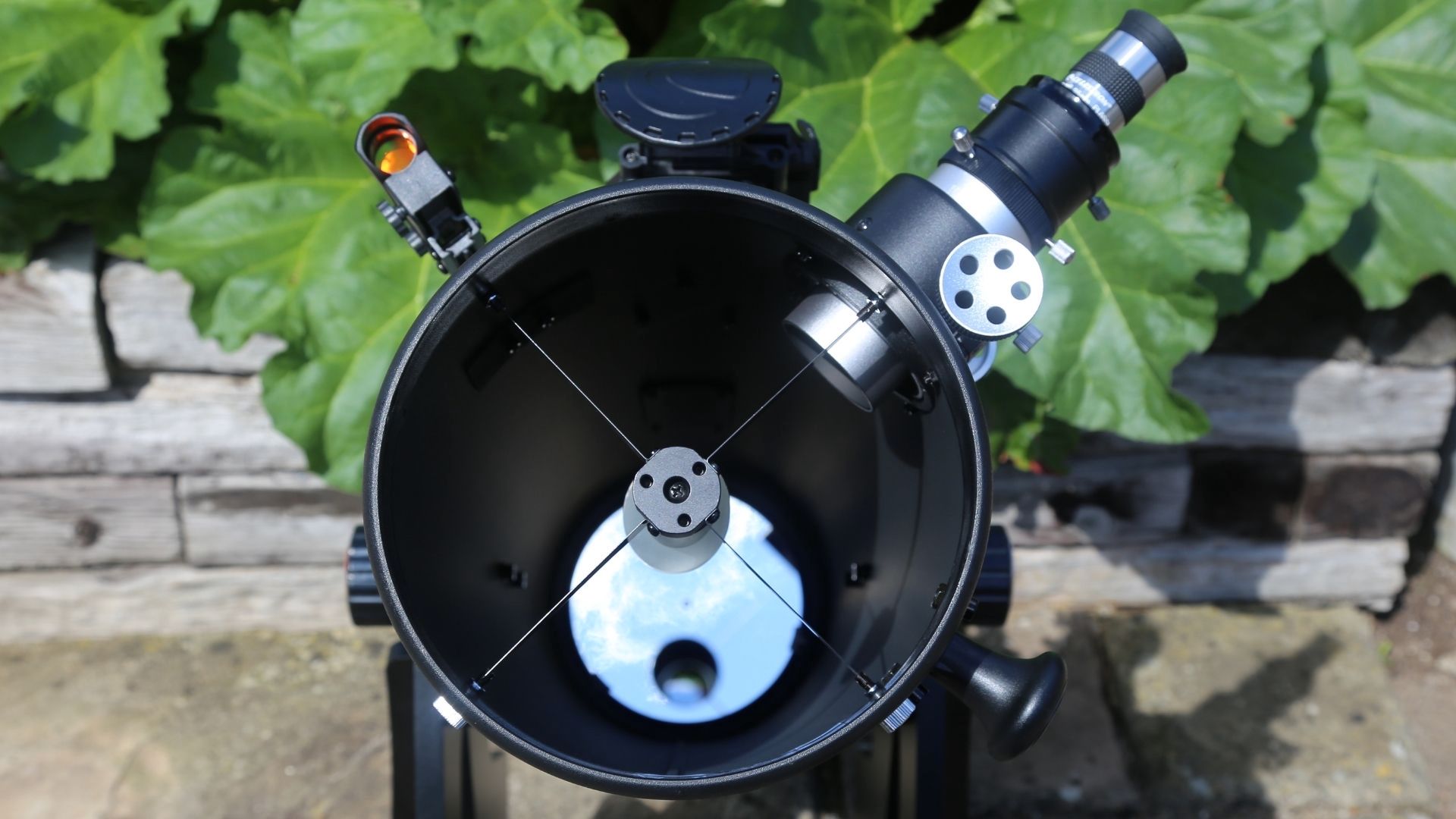


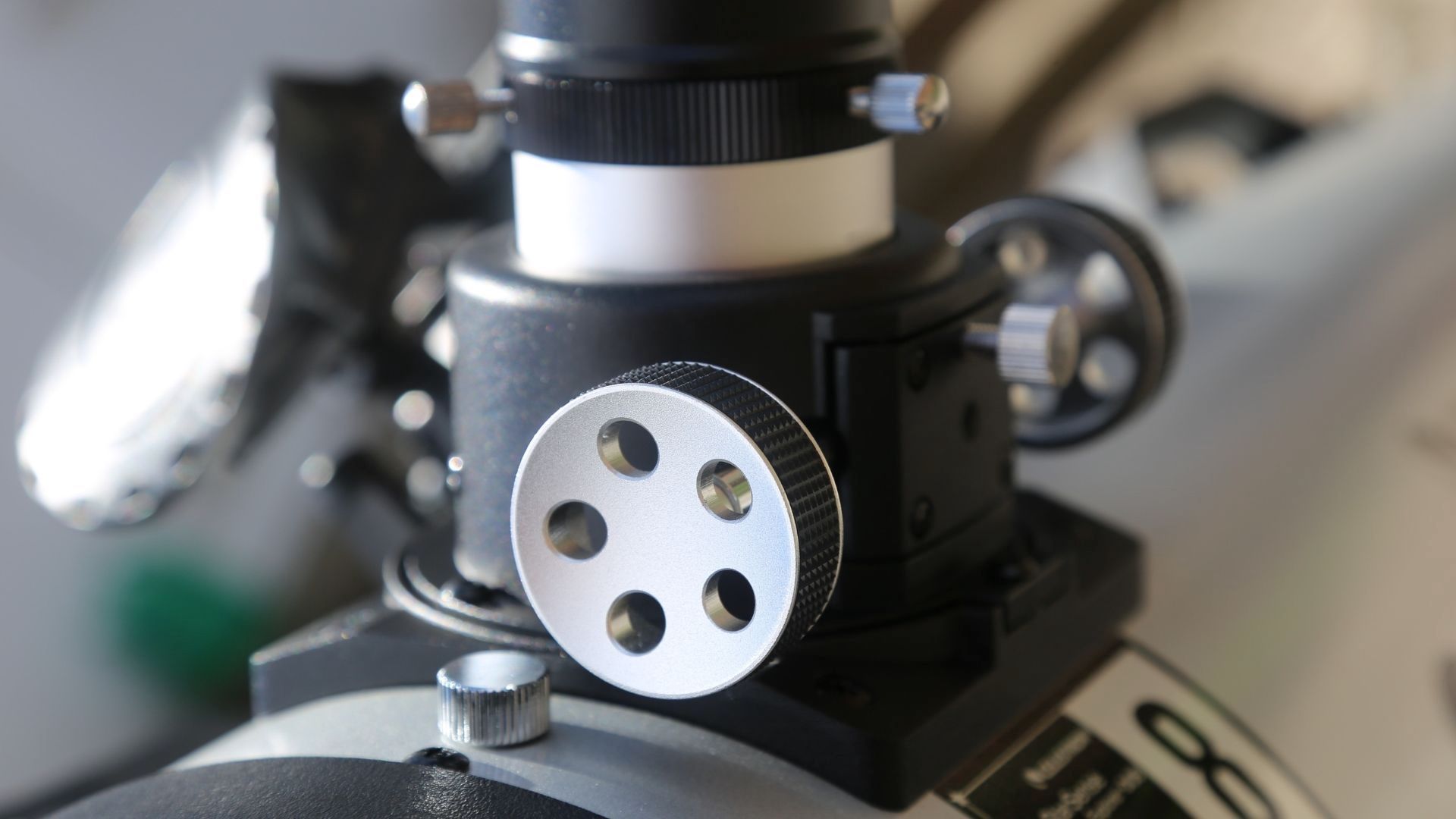
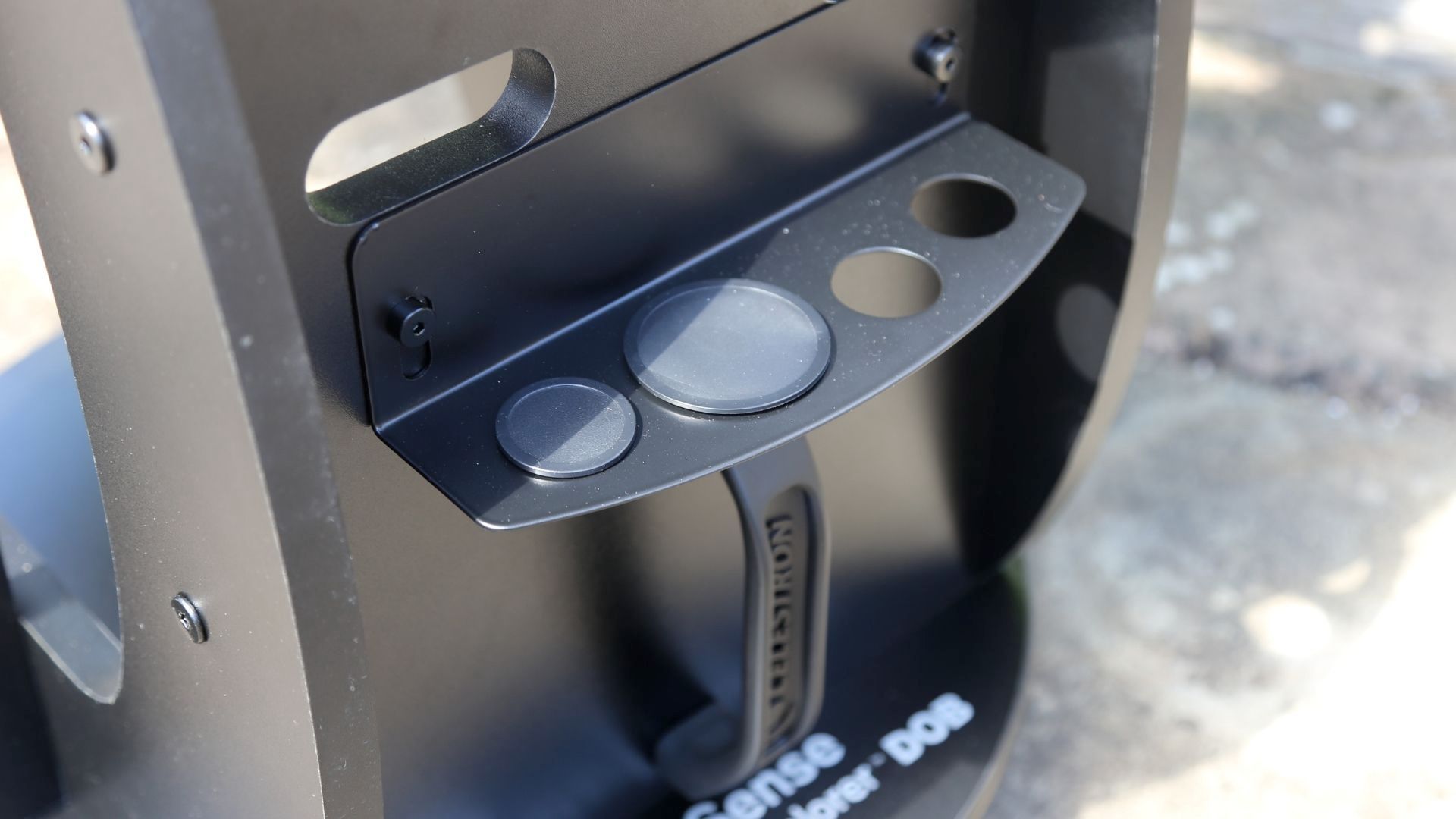

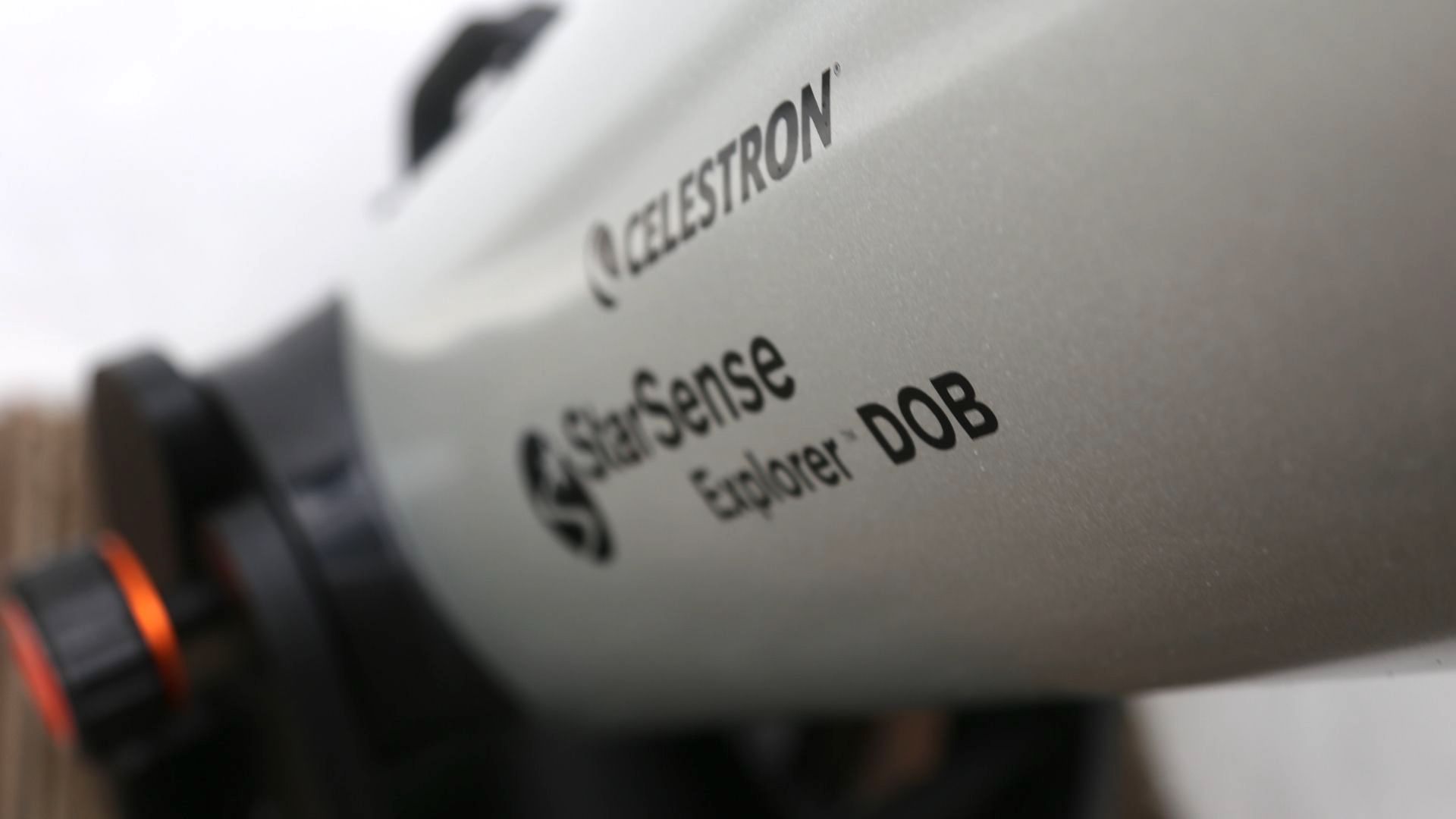
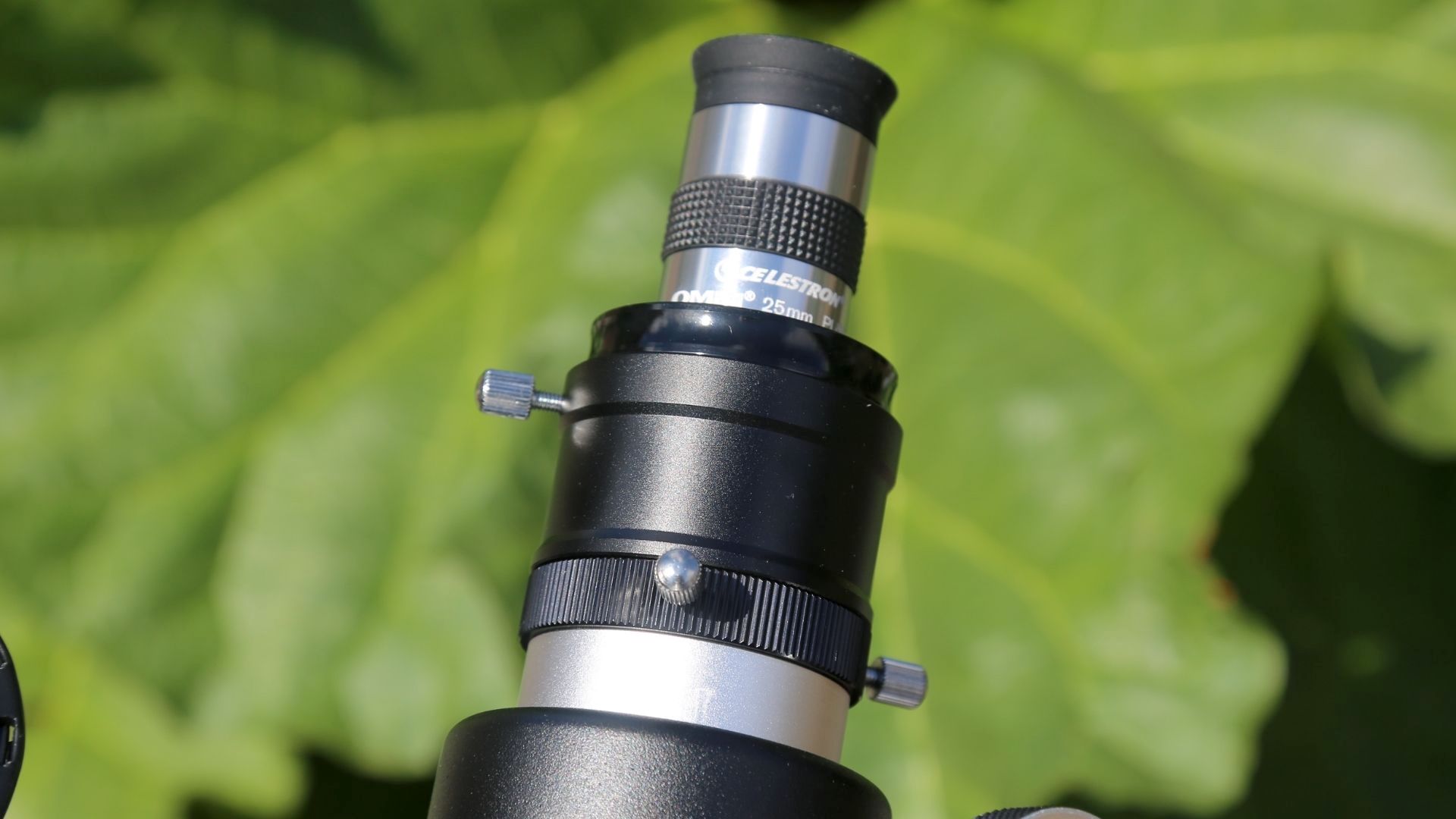

Celestron StarSense Explorer 8" Dobsonian telescope review: performance
As well as being relatively easy to move, the Celestron StarSense Explorer 8-inch Dobsonian telescope also moves very precisely. That's impressive, but I did have a few problems with looking at objects directly above at the zenith. When you point the telescope completely vertically the app does get slightly confused. I also found the red dot finder difficult to use, largely because it's positioned on the opposite side of the telescope's tube to the eyepiece. It's there to allow quick app-less manual targeting, though I found that I had to swap to the other side of the telescope from where the eyepiece is located to point the telescope at new objects.
All of that is mere detail because the images that the Celestron StarSense Explorer 8-inch Dobsonian telescope creates are wonderfully sharp and involving. That large mirror – which is at the base of the telescope's tube – gives Dobsonians like this the nickname 'light bucket'. That rings true here, with faint objects really clear. I was able to glimpse hard-to-see objects like the M13 Great Globular Cluster in Hercules and the incredible blue-green M57 Ring Nebula even from a light-polluted city. I split the Albireo double star into its orange and blue constituent stars and clearly saw the rings of Saturn even when the planet was low on the horizon.
Celestron StarSense Explorer 8" Dobsonian telescope review: alternatives to consider
If you're after something a bit smaller and with the same brilliant StarSense app then consider the Celestron StarSense Explorer DX 130AZ telescope. A 5.1-inches Newtonian reflector telescope, it's a great choice if you want ease of use while also learning how to navigate the night sky. If money is not an issue and you want to dabble in astrophotography – and easily share your results via your smartphone – then go for the Unistellar eVscope 2 digital telescope, though it does cost $2,999/£2,599.
Celestron StarSense Explorer 8" Dobsonian telescope review: verdict
Incredibly easy to use and capable of providing superb views of objects you wouldn't normally expect to see using a beginner-grade telescope, the Celestron StarSense Explorer 8-inch Dobsonian telescope is a highly impressive and enjoyable product that makes the best use yet of Celestron's slick StarSense app.
Jamie is a freelance journalist, copywriter and author with 20 years' experience. He's written journalism for over 50 publications and websites and, when he's not writing, spending most of his time travelling – putting the latest travel tech through its paces.
